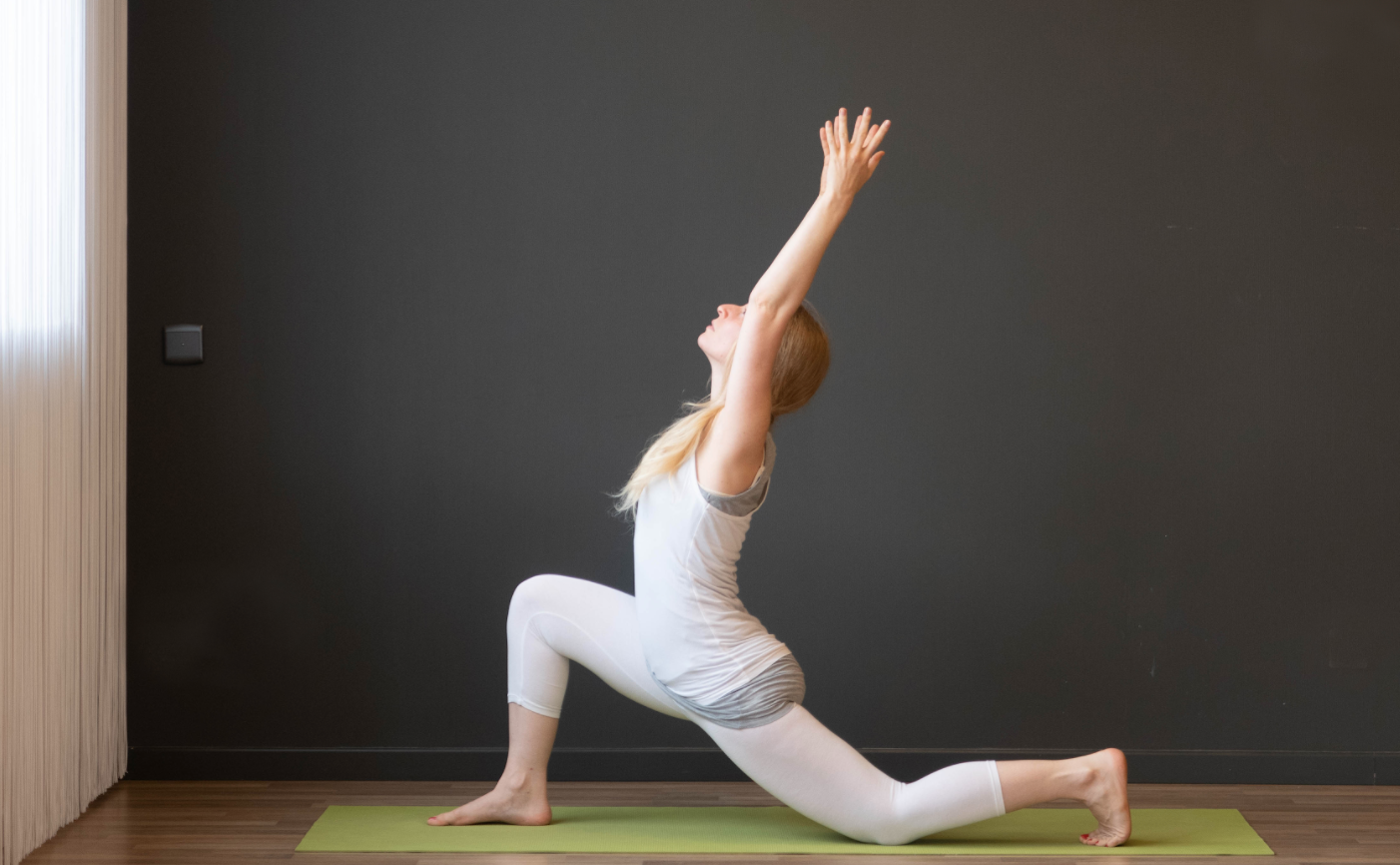Low moods feel inconvenient, but from a higher perspective—they are just messengers.
When our emotions go downhill, there is usually something deeper that isn’t quite right in our lives. Usually, we are unaware of what this something is. We are often out of tune with the deeper feelings that live below the surface, because we tend to ignore that which feels uncomfortable or painful. This is why unpleasant emotions and moods come up—to draw our attention to the things that we have been ignoring.
They bring us messages that put us back on our true path.
If we feel depressed or anxious it doesn’t mean that something is wrong with us. They are common feelings, which are part of life; it does become a problem when we’re experiencing those feelings too often or so intensely that they get in the way of us living our life.
Moments of depression have the ability to open our eyes, to give us an opportunity to break free from a way of living that is not serving us. When we use our darkest moments as a gateway to insight, depression can reveal to us where we keep getting stuck and what needs to be healed. It can point us to the deeper truth of where our hearts remain unfulfilled.
Depression can be a catalyst for understanding our cognitive patterns, when and how they were shaped, and to discover how we sustain these mental-emotional cycles.
We are all born with an open heart that feels alive. Unfortunately, often early in life, our heart get wounded. In response to those wounds—the heart either withdraws or begins to focus on love obsessively.
In the first coping mechanism, the heart closes or builds a wall around itself; it feels safe that way, protected. However, those same walls that seek to protect the vulnerable heart prevent any love from going in or out. We may be surrounded by love, beauty, and connection, yet feel deeply alone and disconnected.
The second coping mechanism makes us actively seek connection, love, and belonging—mostly outside of ourselves. We may easily feel connected to people and be dedicated in our relationships. We may even care for others more than for ourselves. What we’re often unaware of, is that deep down, the love we give comes from our own denied need for such love. This makes us dependent, and lies at the root of much suffering. We tend to abandon ourselves, and the people we love may experience our love as needy rather than real.
In both cases, the heart at its core feels depleted.
An open and alive heart makes us feel connected to ourselves and to life at large; it gives us a deep feeling of trust, connection, purpose, and belonging. An awakened heart brings us the deepest happiness. For it not only gives us joy, but also an overall sense of well-being that results from our ability to deal with our more challenging emotions like sadness, anger, and disappointment.
A big part of any healing journey is to heal and awaken the heart.
I struggled with depression and anxiety for a large part of my life, and I found that the key to healing was healing my heart.
After studying and teaching yoga for many years, I felt a deep calling to focus more on the psychotherapeutic value of yoga, and a more somatic approach to the practice. This exploration lead me to specialize in yoga for mental and emotional well-being, and to help people deal with depression, anxiety, burnout, and high sensitivity.
All around the world, yoga practitioners come to yoga to reduce stress or deal with varying levels of depression and anxiety. Unfortunately, they don’t always end up in the type of class that helps them with their symptoms.
Basic yoga teacher trainings do not equip yoga teachers to deal with such students, and they lack the knowledge to advise them properly. A vinyasa teacher may think that their style of yoga is the best at reducing stress and dealing with anxiety, while a restorative yoga teacher may think the same.
Here’s the thing: neither of them are wrong, but neither are right.
We can say that any style of yoga is the best for dealing with anxiety—but it won’t be true for all individuals.
Our Western medical perspective is symptom-focused. This means that we tend to look at and treat symptoms, rather than the person who is having those symptoms. If our therapeutic approach is symptomatic, we prescribe more or less the same practices to all our students or clients who suffer from anxiety.
We also see it in popular articles where a teacher recommends a yoga sequence for anxiety that seems to be applicable to any reader. But here’s the thing, when I feel anxious it may not be for the same reasons that you feel anxious. My psychophysical imbalances that feed into my anxiety may not be the same as yours. If my psychophysical imbalances are different from yours, it makes sense that some types of practices will make me feel calm, while other exercises may work better for you.
The old “one-size-fits-all” approach doesn’t work, but does that mean that we are all totally different? We could say that there are as many types of anxiety, depression, and burnout as there are people—but it seems that we have a lot in common, too.
Our similarities create recognizable patterns that we call archetypes or typologies. Knowing and understanding these typologies gives us the tools to help our students and clients restore balance on a deeper level, while holding space for their unique struggles.
Education on this topic is essential for any teacher who wants to work one-on-one with students. It should be part of any in-depth yoga teacher training because, let’s face it, most people come to yoga because they feel stressed, burned-out, or struggle with varying degrees of depression and anxiety.
It pains me to see that a yoga teacher’s lack of education often leads them to give recommendations to their students that sound great in general but may exacerbate that particular student’s symptoms.
If you struggle with depression or anxiety, the key to a successful and therapeutic yoga practice is to choose exercises that bring you into balance.
Here are some of the keys to understanding your symptoms better and finding practices that are healing and balancing for you:
Earthy Depression
Symptoms: feels heavy, lethargic, uninspired, tired
Nervous System: unstimulated or burnt-out
Possible Underlying Patterns: often rooted in suppression, internalization of defeat, difficulties digestion past experiences
Energy: stagnation in lower chakras and lack of energy flow to higher chakras
Yoga Practice for Earthy Depression:
When Burnt-Out: The goal of the practice is restoration. Start with a deeply restorative practice. After recovery, the practice can gradually be built to restore vitality and dynamism.
When Unstimulated: The goal is energizing. Include more dynamic exercises: ranging from gentle Hatha yoga and energizing asanas to the more dynamic styles of yoga. Sun salutations, inversions, and backbends can be helpful to encourage energy flow.
Fiery Depression and Anxiety
Symptoms: feels agitated, restless, stressed, anxious
Nervous System: sympathetic activation and easily aggravated
Possible Underlying Patterns: pushing yourself, goal-oriented, running away from yourself
Energy: unharmonious fire with lack of soothing influence of lower chakras, and lack of lightness in the higher chakras
Yoga Practice for Fiery Depression and Anxiety:
The goal of the practice is to achieve calm. For some, it is useful to start with active practices to burn off stress and excess energy. Practice should build toward deep relaxation.
Airy Depression and Anxiety
Symptoms: ungrounded, unstable, dissociation, worrying
Nervous system: unregulated, easily overstimulated
Possible underlying patterns: emotional trauma, attachment wounds in childhood, grief, high sensitivity
Energy: lack of energy in the lower chakras, trauma creates dissociation from body and makes one escape into the higher chakras where they feel safe
Yoga Practice for Airy Depression and Anxiety:
The goal of the practice should be grounding. Choose exercises that encourage body awareness, both through mindfulness and movement. Choose postures that are grounding, such as forward bends, and focus on the postures that stimulate the lower chakras and heart chakra.
One of the most common questions I get is, “Is it possible to suffer from two types of depression simultaneously?” The answer is yes. These categories only serve the purpose of helping you understand your symptoms and give you a clue as to what you may need in order to restore your feeling of well-being.
Always follow what feels good to you, and trust your gut.
I have made it my mission to share this information to help people help themselves, as well as to further the education of yoga teachers, so we can create safe classes that are both spiritually and psychologically healing and transformative.
~







Read 6 comments and reply